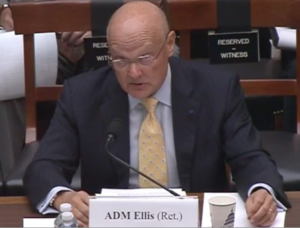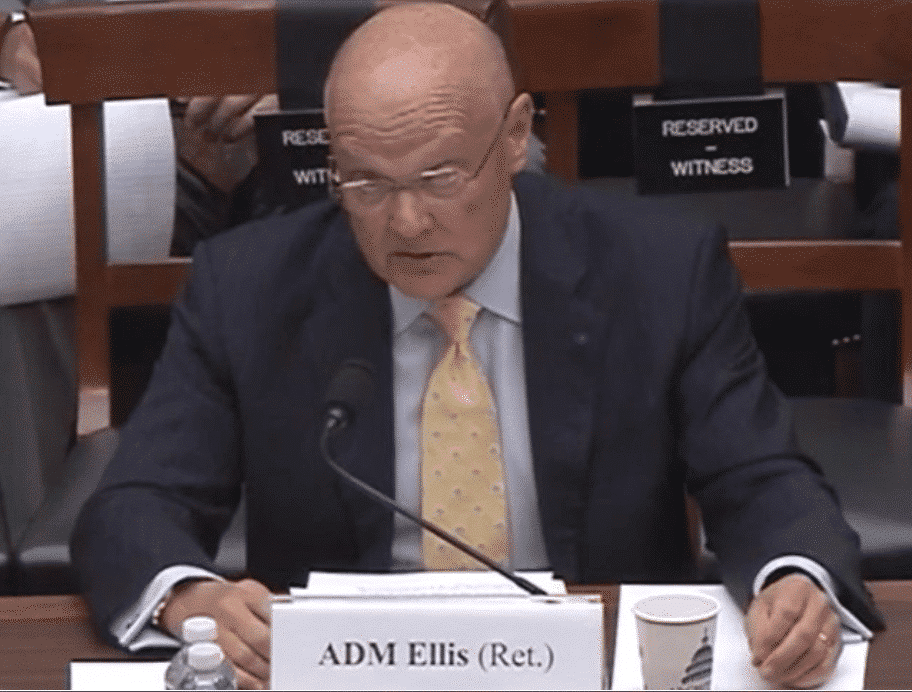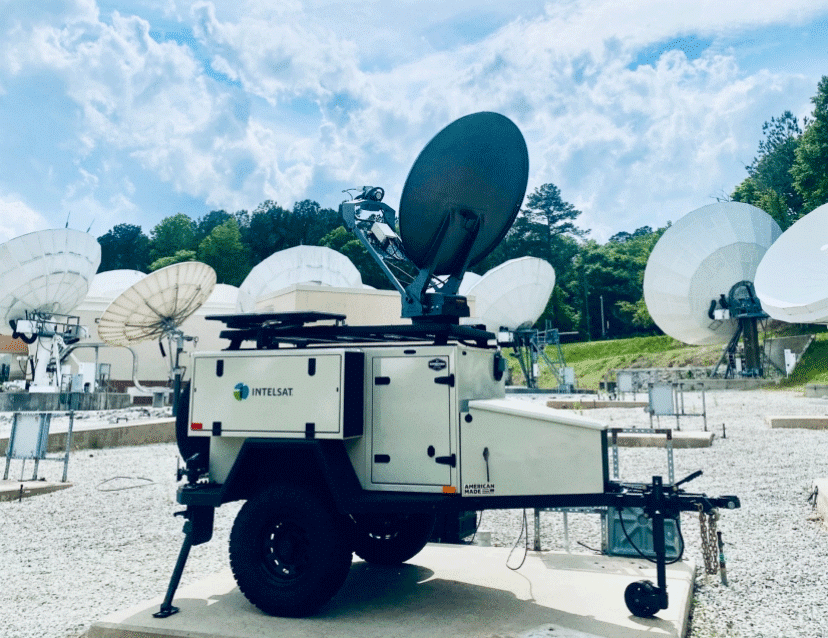The Time is Now For Change in Space

Late last month there was an important hearing held by the House Armed Services Committee Strategic Forces Subcommittee. The hearing was entitled, “National Security Space: 21st Century Challenges, 20th Century Organization. Many of the remarks related to a recent GAO Report on the Organization of Space, which identified a “persistent fragmentation” in the leadership of national space management and oversight.
A panel of expert witnesses gave testimony to the committee, including:
- Admiral James I. Ellis Jr., Former Commander, U.S. Strategic Command
- Mr. Martin C. Faga, Former Director, National Reconnaissance Office & Former Assistant Secretary of the Air Force for Space
- Dr. John J. Hamre, Former Deputy Secretary of Defense
Rarely in my career have I seen frustration about the pace of change in military space expressed so openly. These predominant themes emerged from the hearing:
- The Department of Defense does not have an organizational structure conducive to timely development, oversight, acquisition and launch of space based national security systems;
- There is a need to define the problems with DoD acquisition, oversight, management and requirements;
- There is the need to define how best to establish an overall leadership structure or agency best equipped to acquire, manage, regulate and oversee DoD space programs;
- There needs to be a better way to define the manner in which program managers are trained, empowered and tasked within the Department of Defense;
- Commercial space infrastructure should be utilized as a complement to defense and intelligence assets.
Chairman Rogers began the hearing by asking the witnesses if they believed that the United States was adequately postured for challenges in space. All witnesses responded in the negative. Rogers also said the following during his introductory comments:
“As General Hyten told the Senate Armed Services Committee in his confirmation hearing last week, ‘We are moving much slower in certain areas than our adversaries. We need our industry and our acquisition process to move faster.’” We could not agree more.
Specifically addressing SATCOM, Dr. Hamre’s written testimony included the following:
“…as I mentioned earlier, the huge expansion of commercial space activity is an opportunity. I believe we should substantially shift our focus in space-based communications to rely on commercial platforms, including foreign satellites. Redundancy is the key and we need many more channels to insure continued communication links.” This is definitely true for satellite communications and other mission areas as well. Commercial companies have made amazing strides in intelligence, surveillance and reconnaissance, space situational awareness, and weather. The time is now to take advantage of this work.
Mr. Faga’s written testimony focused in on inefficient acquisition practices:
“The DoD buys lots of commercial SATCOM, but often with short term contracts or on the spot market meaning to buy today what you need today but that means if it is available and also usually means at premium price. For years, SATCOM operators have pushed the government to engage in longer term arrangements that might involve entire satellites for their entire lifetime thus spurring investment in capabilities tightly tied to DoD needs.”
Procuring services – as opposed to simply bandwidth – from commercial space operators is a critical part of improving our space posture. It could keep the DoD ahead of potential space adversaries, increasing flexibility and resiliency. And it would “bake-in” technological innovation. Commercial space is an incredibly competitive market, with operators constantly investing in technology to manage their own operations most affordably and to stay ahead of the competition.
Committee member Rep. Bridenstine made an interesting analogy between space and fuel used by the Navy. The Navy is entirely dependent on fuel to sustain their operations. However, the Navy does not drill or refine the oil needed for the fleet; it comes from outside the Navy. In much the same way, the commercial market can provide the “fuel” for space by integrating its systems with the DoD.
Dr. Hamre also spoke about increasing the resilience of our space assets through diversification:
“…I think the architecture of survival and resilience going forward is going to be far more dependent on commercial platforms and diversification of our capacities than it is about buying military stuff…” “…We need to find a totally different way where we’re putting much more of focus on what the private sector can give us…”
Admiral Ellis stated his view that the United States needs to commit to the prevention or mitigation of potential attacks in space. DoD needs enhanced space situational awareness capabilities and resilient systems to guard against attack. DoD also needs to communicate, clearly and unambiguously, what it will or will not tolerate to potential adversaries.
Further, Admiral Ellis claimed that the DoD needs to collaborate on space issues, not just internationally, but domestically. Finally, he emphatically expressed that DoD and Congress need the courage to address the difficult changes that must occur to move forward. These changes will involve “breaking glass” and removing layers of bureaucracy so we can become more agile in national security space. It will take a combined effort of Congressional and DoD leadership to get it done as touch choices need to be made.
There is an old expression in business – even when you don’t make a decision, you ARE making a decision. As Intelsat General President Skot Butler discussed last year, “… time is not something government puts a value to, and this greatly contributes to much longer acquisition cycles.” In past years this has cost the American taxpayer billions, and today it threatens our critical preeminence in space and the ability to successfully fulfill national security goals.
The chorus calling for change in space is one the commercial space industry applauds. As I have said in previous articles, the leadership is in place to get things done. This experts during this hearing highlighted several issues to tackle, starting with how the national security space sector is organized. In Congress, in the DoD and in industry there are willing leaders to support and drive change.
For years we’ve called for greater collaboration with our government customers, and a more efficient acquisition process. Several in government are calling for the same.
Let’s fix the bureaucracy that ties their hands so we can get to true change more quickly. That kind of change is what is needed to maintain U.S. leadership in the face of growing international competition in a crowded and contested space environment.






















